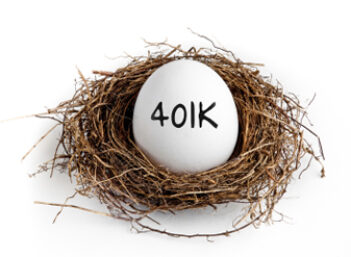What is a Keogh Plan?
A Keogh Plan is a tax-deferred retirement plan available to self-employed individuals or unincorporated businesses.
Congress passed legislation called the Self Employed Individuals Tax Retirement Act of 1962, which established Keogh (pronounced KEY-oh) plans. The program got its name from Eugene Keogh, who spearheaded the legislative efforts.
Keoghs are not the same as Simplified Employee Pension (SEP) plans.
How does a Keogh Plan work?
A Keogh plan works much like a 401(k) plan. Employees or self-employed people make tax-deductible contributions to an account and can invest that money in a wide variety of securities such as stocks, bonds, CDs, annuities and the like. These contributions and their earnings are tax-free until they are withdrawn. The IRS sets annual contribution limits.
Certain small businesses can set up Keogh plans for their employees as well. These plans may be either defined benefit plans or defined contribution plans. Unlike 401(k) plans, contributors may not borrow against their Keogh plans.
There are similarities between 401(k) plans and Keogh plans as well. For instance, both plans can impose minimum age requirements, length-of-service requirements and vesting schedules. Also, employers may choose to contribute to the plan.
When contributors turn 59 1/2 years old, they may begin withdrawing their money under many circumstances. Withdrawals must begin by 70 1/2.
Why do Keogh Plans matter?
Like other retirement vehicles, a Keogh plan's main purpose is to help people save for retirement and do so in a tax-efficient manner. The fact that contributions and earnings within a Keogh are tax-free means that the contributor's money can grow much faster than if the contributor put money in a taxable account.
Keogh plans also give small-business owners and self-employed people access to tax advantages normally reserved for employees of large companies.



